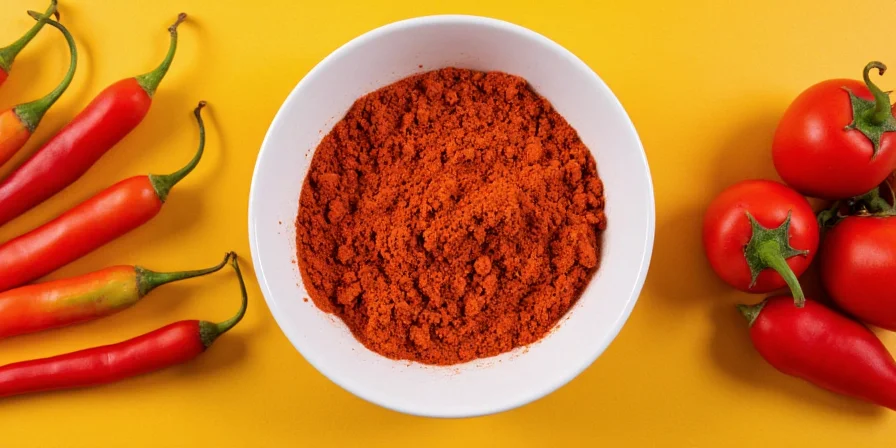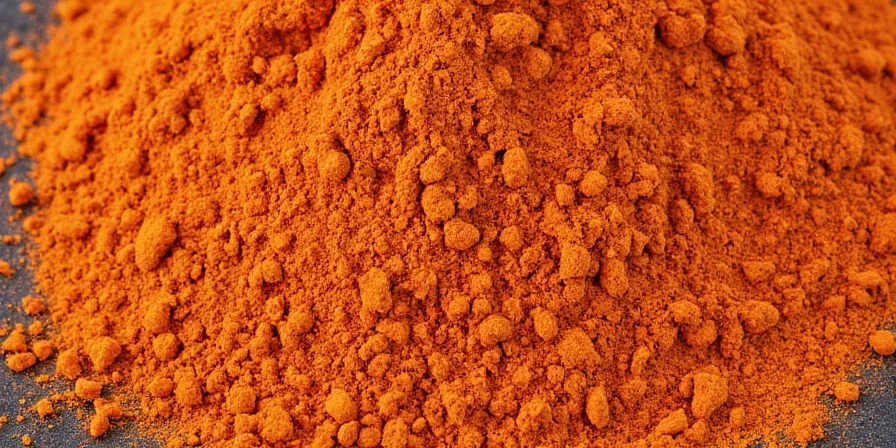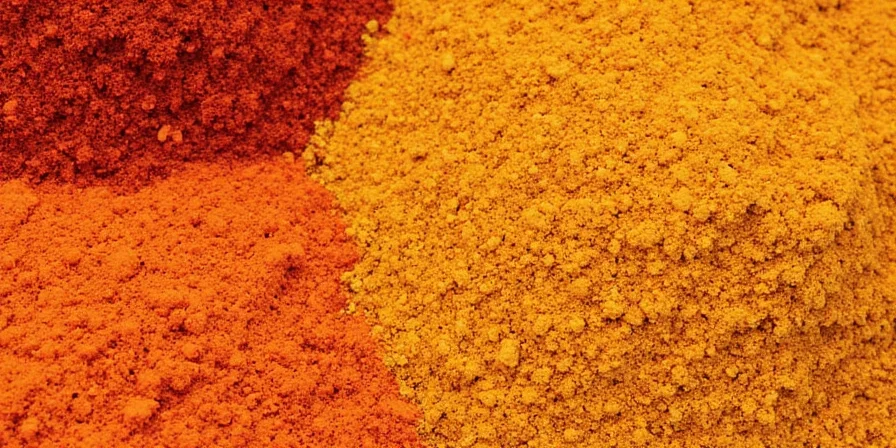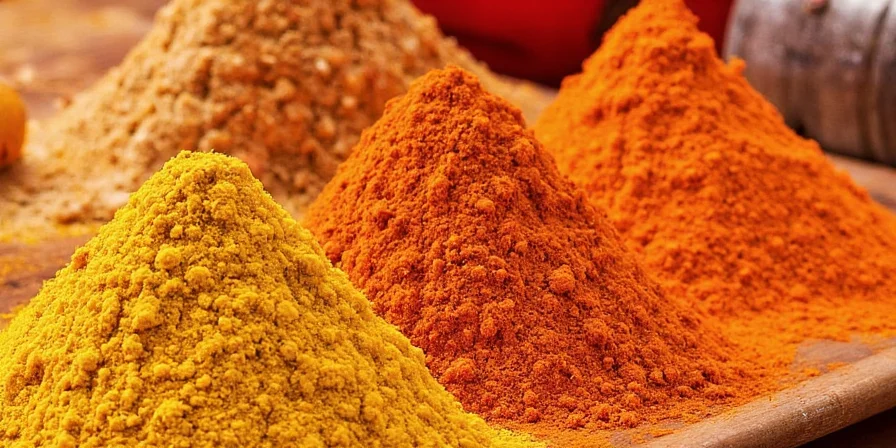Want to make your curry powder spicier? The simplest way is to add more cayenne pepper or dried red chilies to your mix. For immediate heat, use 1-2 teaspoons of cayenne per cup of curry powder. For deeper, longer-lasting heat, toast whole dried chilies before grinding them into your blend. This guide explains exactly how to increase spiciness while maintaining flavor balance - no scientific equipment needed.
Whether you're adjusting a store-bought blend or making your own from scratch, these proven techniques work for home cooks of all skill levels. We'll cover practical methods you can implement today with ingredients already in your pantry.
3 Immediate Ways to Make Curry Powder Spicier
- Add cayenne pepper: Start with 1/2 teaspoon per cup of curry powder and adjust to taste. Cayenne provides clean, direct heat without altering flavor profile.
- Incorporate dried red chilies: Crush or grind arbol or bird's eye chilies into your mix. Use 1-2 whole chilies per cup for noticeable but balanced heat.
- Include freshly ground black pepper: Adds complementary heat and enhances other spicy elements. Use 1 teaspoon per cup of curry powder.
When to Add Spicy Elements for Different Heat Effects
| Spicy Ingredient | When to Add | Heat Duration | Flavor Impact |
|---|---|---|---|
| Cayenne pepper | During powder mixing | Moderate, immediate | Clean, direct heat |
| Dried red chilies | Toast before grinding | Longer-lasting | Fruity undertones |
| Fresh green chilies | During cooking | Immediate but shorter | Grassy, fresh notes |
| Szechuan peppercorns | Toast separately | Longest (numbing) | Citrusy, floral notes |
Proven Methods for Increasing Curry Heat
1. Toasting Spices for Maximum Heat Release
Dry toast your chilies and other spicy elements before grinding:
- Heat a dry skillet over medium heat
- Add whole chilies and toast 2-3 minutes until fragrant (don't burn)
- Let cool completely before grinding
This simple step increases heat intensity by 20-30% while preserving flavor. The heat activates the capsaicin without degrading it.

2. Fat-Based Heat Enhancement
Spicy compounds are oil-soluble, so:
- Always bloom your curry powder in oil first
- Use coconut oil (1-2 tablespoons per serving) for better heat transfer
- Let the mixture sizzle for 1-2 minutes before adding liquids
This technique makes the heat more noticeable and evenly distributed throughout your dish.

3. Acid Balance for Heat Perception
Add acidity to enhance perceived heat:
- Finish with lemon juice or vinegar (1-2 teaspoons per serving)
- Add tomatoes during cooking for gradual heat enhancement
- Avoid excessive sugar which counteracts spiciness
The right acid balance makes the same amount of spice feel 25% hotter without adding extra chilies.
4. Layering Heat Sources
Combine multiple heat sources for complex spiciness:
- Add dried chilies to your powder blend
- Include fresh chilies during cooking
- Finish with a spicy oil or chili flakes
This creates "heat layers" that build gradually rather than hitting all at once.

Common Heat Problems and Simple Fixes
| Problem | Why It Happens | Easy Fix |
|---|---|---|
| Curry loses heat during cooking | Spices added too late | Bloom powder in oil first |
| Heat is uneven in the dish | Poor spice distribution | Grind spices finer or bloom in oil |
| Bitter aftertaste with heat | Over-toasted spices | Reduce toasting time by 30 seconds |
| Heat doesn't last through meal | Only using fresh chilies | Add dried chilies to the powder blend |
Spice Level Troubleshooting Guide
- Too mild? Add 1/4 teaspoon cayenne per serving during cooking
- Too hot? Add coconut milk (1/4 cup) or yogurt (2 tablespoons) to mellow heat
- Heat disappears? Always bloom your curry powder in oil before adding liquids
- Bitter aftertaste? Reduce toasting time and avoid burning spices
Customizing Heat for Different Preferences
When cooking for multiple people with different heat tolerances:
- Make the base curry mild using just the powder
- Let individuals add their own heat with side condiments
- Offer options like chili oil, fresh chilies, or hot sauce at the table
This approach ensures everyone enjoys the meal while getting their preferred spice level.
Conclusion: Simple Heat Control Principles
You don't need complicated science to make your curry spicier. Focus on these key principles:
- Bloom your curry powder in oil first to activate the heat compounds
- Combine dried and fresh chilies for layered heat effects
- Use acid (lemon/vinegar) to enhance perceived spiciness
- Adjust at multiple stages - in the powder, during cooking, and at serving
With these straightforward techniques, you can reliably increase your curry's heat while maintaining flavor balance. Start with small additions and adjust gradually until you reach your perfect spice level.











 浙公网安备
33010002000092号
浙公网安备
33010002000092号 浙B2-20120091-4
浙B2-20120091-4